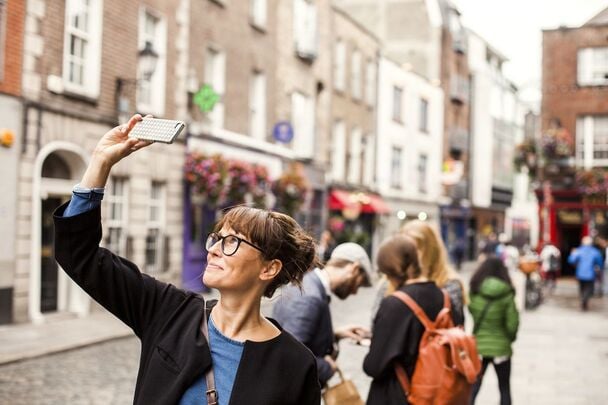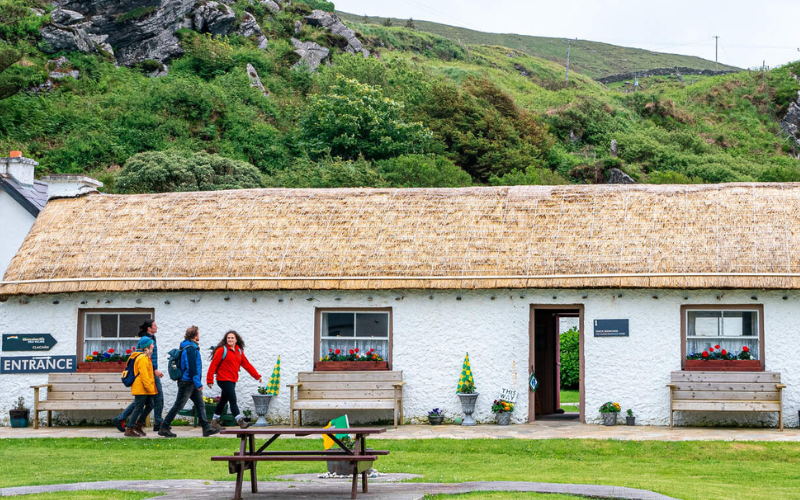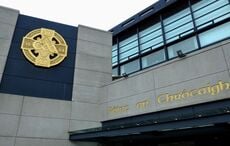The total would equate to 4.1% of GDP and would represent growth of 8.3% from last year and 30.3% from 2019.
International visitors to Ireland are projected to spend €16.6bn in 2025, an increase of 1.7% year-on-year and 17% from 2019, while domestic travellers are on track to spend €4.5bn, up 4% from last year and 14.7% from pre-COVID.
Leisure is expected to account for 71.4% of total spending, with business making up the remainder (28.6%).
Over the next decade, tourist spending is expected to increase at a compound annual growth rate of 3.8%, outpacing the wider economy (2.6%). By 2035, tourism and travel spending is forecast to total €32.7bn or 4.6% of GDP.
Tourism will contribute 162,300 jobs or 5.7% of all employment this year, up 5.9% from 2024 (153,200) and 16.3% from 2019 (139,500). In a decade's time, the sector is expected to have added 51,000 jobs, bringing employment up to 213,900.
Last year, the UK accounted for more than four in 10 arrivals (43%), ahead of the US (17%), Germany (6%), France (4%), Italy (3%) and the rest of the world (27%).
Brits made up a quarter (25%) of outbound departures, the same level as Spain (25%), followed by France (8%), Italy (6%) and Portugal (5%).
In terms of travel and tourism's environmental footprint, the sector contributed 9.1% of the economy's greenhouse gas emissions in 2023, down from 9.4% pre-COVID, and the intensity of the industry's GHG intensity declined from 0.58kg of CO2 per US dollar of GDP to 0.41kg in that time.
The sector remains heavily reliant on fossil fuels such as coal, oil and natural gas, which contributed 93.% of energy used compared to just 3.4% for nuclear and renewables and 3.3% for biofuels and waste.
Read more
* This article was originally published on BusinessPlus.ie.




Comments